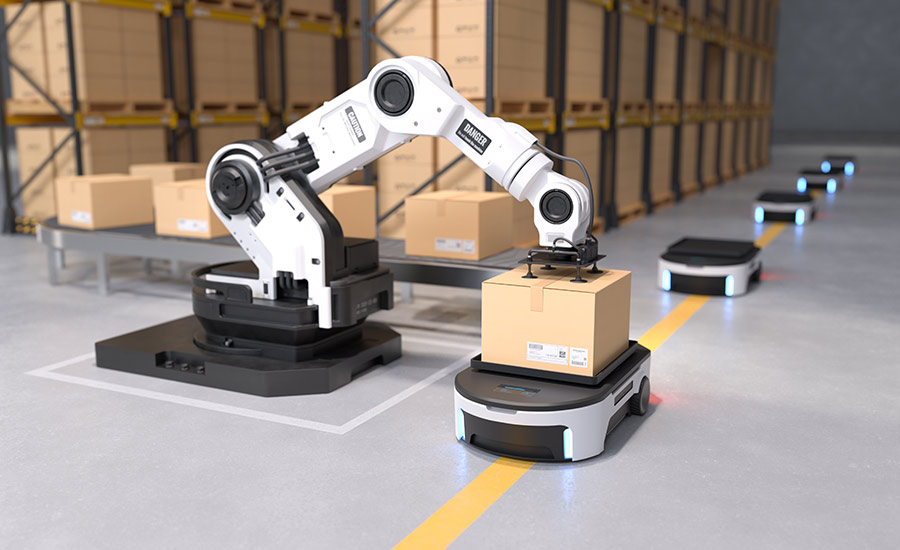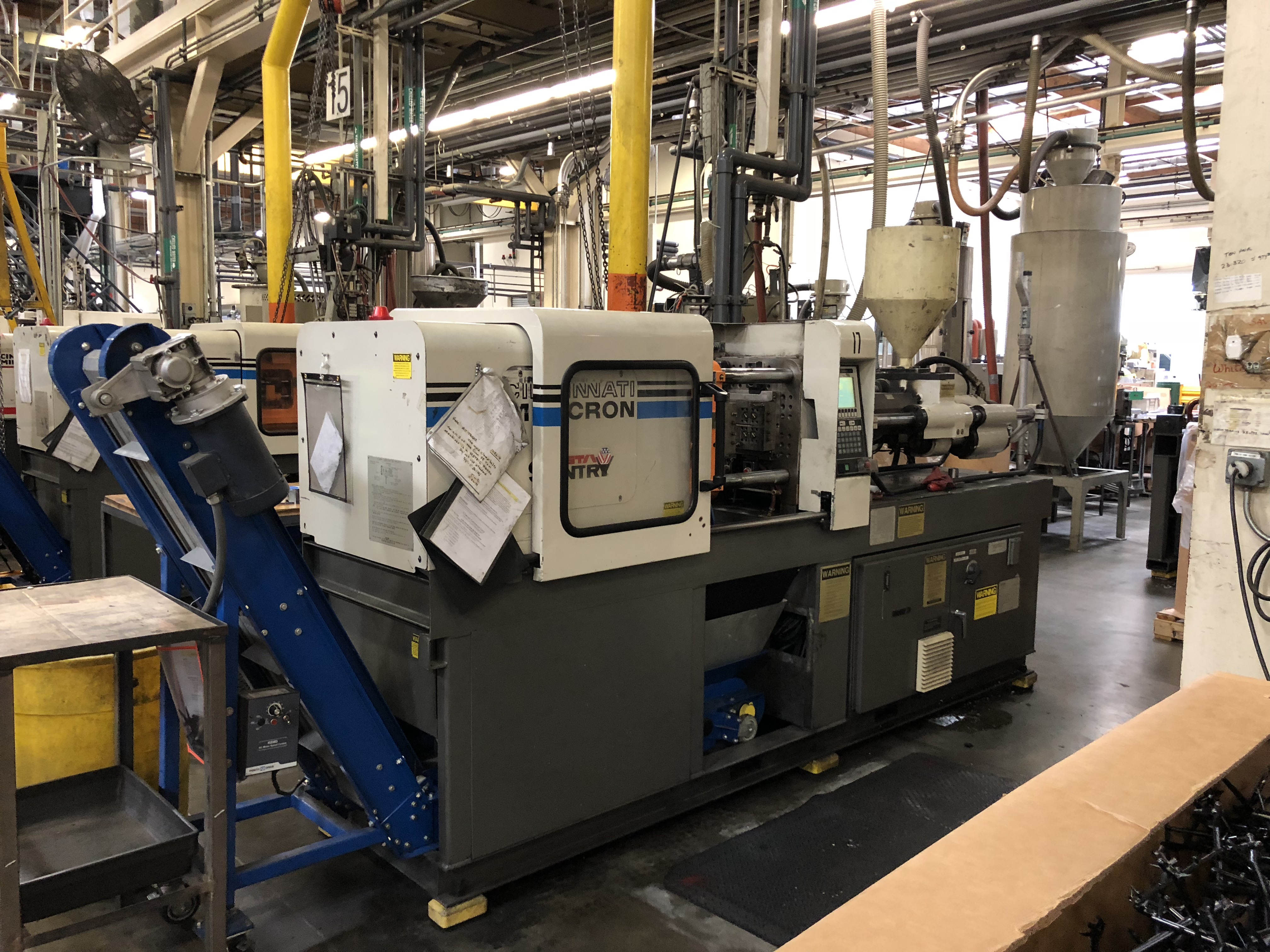What's Driving the Surge in the Live Commerce Market, and What's Next?

Strong 8k brings an ultra-HD IPTV experience to your living room and your pocket.
The global live commerce market is experiencing an unprecedented surge, rapidly redefining the online shopping experience. This dynamic sector, which blends real-time video streaming with e-commerce, is captivating consumers worldwide by offering an interactive, engaging, and often entertaining way to shop. Far from being a fleeting trend, live commerce is solidifying its position as a major force in retail, driven by technological advancements, evolving consumer behaviors, and a strong push towards "retailtainment."
At its core, live commerce leverages the immediacy and authenticity of live video to showcase products, answer customer questions in real-time, and foster a sense of community around brands. This direct interaction and personalized experience are proving to be powerful conversion drivers, often yielding significantly higher sales rates compared to traditional e-commerce.
The Power of Real-Time Interaction and Entertainment
One of the primary catalysts for the live commerce boom is its ability to create a highly engaging and immersive shopping environment. Unlike static product pages, live streams bring products to life through demonstrations, unboxings, and expert Q&A sessions. This "retailtainment" aspect transforms shopping into an interactive event, making it more akin to watching a broadcast or engaging with a friend than a transactional purchase. The real-time chat functions allow viewers to pose questions, receive immediate answers, and even influence the direction of the broadcast, fostering a unique sense of participation and trust.
Influencer marketing plays a pivotal role in this ecosystem. Trusted and popular influencers often serve as hosts, leveraging their credibility and connection with their audience to drive sales. Their authentic dialogue and ability to create a sense of community around products make them highly effective in converting viewers into buyers. This has led to a significant rise in conversion rates for brands adopting live selling, often reported to be many times higher than conventional e-commerce.
Technological Innovations Fueling Growth
The rapid evolution of technology is a major enabler of the live commerce market's expansion. High-speed internet, especially the proliferation of 5G networks, ensures smooth, high-quality video streaming, even in remote areas. The widespread adoption of smartphones has also made live shopping a mobile-first experience, accessible to a vast global audience anytime, anywhere.
Recent innovations are pushing the boundaries even further:
Artificial Intelligence (AI): AI is being integrated to personalize shopping experiences, offering tailored product recommendations based on viewer preferences and past behavior. AI-powered chatbots enhance customer service, providing instant answers and streamlining the purchasing process.
Augmented Reality (AR) and Virtual Reality (VR): While still evolving, AR and VR are set to revolutionize live commerce by enabling virtual try-ons and product visualization. Imagine virtually trying on clothes or makeup during a live stream, or seeing how a piece of furniture would look in your living room – these technologies promise to create even more immersive and confident buying experiences.
Seamless E-commerce Integration: Live commerce platforms are increasingly designed to seamlessly connect with existing e-commerce systems, allowing for instant purchasing options directly from the live stream. This "one-click" buying experience minimizes friction and maximizes impulse purchases.
Strategic Shifts by Major Players and Emerging Trends
Major e-commerce giants and social media platforms are heavily investing in live commerce capabilities. Platforms like Instagram, TikTok, and YouTube have integrated shopping features directly into their live streams, leveraging their vast user bases for discovery and direct sales. Established retailers are also launching their own live shopping events, often featuring celebrity hosts or exclusive product launches to attract audiences.
Beyond the established players, the market is seeing a rise in specialized live commerce platforms and solutions. These platforms often provide advanced tools for hosting, managing, and analyzing live selling events, catering to businesses looking for more comprehensive and customized solutions.
A notable trend is the move towards omnichannel live streaming, where brands ensure a seamless buying process across all channels. Live videos are shared across websites, social media, and even in-store, blurring the lines between physical and digital retail. This integrated approach allows consumers to engage with products on a live stream and then choose to purchase online or in a physical store, depending on their preference.
Another key development is the increasing focus on one-to-one shopping experiences. This replicates the personalized attention of an in-store sales assistant, allowing customers to receive tailored advice and product recommendations from specialists during a live, private session. This trend gained significant traction during the pandemic and continues to be a flexible and popular way for consumers to shop from home.
Challenges and the Road Ahead
Despite its rapid growth, the live commerce market faces certain challenges. Ensuring consistent internet connectivity and reliable technology for live streaming remains crucial, as technical glitches can disrupt broadcasts and negatively impact customer experience. Managing inventory and processing orders, especially during high-traffic events with unexpected demand spikes, also requires robust logistics and fulfillment capabilities.
Furthermore, maintaining product quality and ensuring customer satisfaction can be difficult given the fast-paced nature of live selling. Concerns about information distortion, product quality inconsistency, and even potential price fraud highlight the need for clear regulatory frameworks and ethical practices within the industry. Businesses also need to carefully consider their target audience, as live commerce may resonate more strongly with certain demographics.
Looking ahead, the live commerce market is poised for continued expansion. The ongoing convergence of entertainment and shopping, coupled with advancements in AI, AR/VR, and personalized experiences, will continue to drive innovation. As businesses refine their strategies to engage consumers and overcome operational hurdles, live commerce is set to become an even more indispensable component of the global retail landscape, transforming how consumers discover, interact with, and purchase products in real-time.
Note: IndiBlogHub features both user-submitted and editorial content. We do not verify third-party contributions. Read our Disclaimer and Privacy Policyfor details.







